What is a Built-in Antenna Flexible 4G LTE Patch Antenna?
The High-performance Built-in Antenna Flexible 4G LTE Patch Antenna CTRF-ANTENNA-FPC-7027-3407-IPEX antenna is a small antenna with a 4G LTE frequency bands FPC antenna manufactured by C&T RF Antennas Inc for the 4G LTE network applications.
The High-performance 4G LTE Patch Antenna is Small Flexible PCB Antenna that has a typical 1/3dBi gain, a small FPCB size 34x7mm board, and an Ipex/u.FL connector, built-in FPCB antenna for 3G 4G GSM LTE network applications.
The Built-in Antenna Flexible 4G LTE Patch Antenna is Small Flexible PCB Antenna supplied by C&T RF Antennas Inc, the IoT antenna & M2M antenna internal & external manufacturer in China.
C&T RF Antennas Inc provides antenna types with Through-hole Mount Antennas, Magnetic Mount Antennas, Rubber Duck Antennas, Fiberglass Antennas, PCB Antennas, FPC Antennas, Spring Coil Antennas, Sector Antennas, Yagi antennas, etc.
C&T RF Antennas Inc provides the internal-external wireless antenna with many radio frequency bands such as Cellular, 6G, 5G, 4G, 3G, NB-IoT, GNSS, GPS, Dual-band Wifi, 5.8 GHz, 2.4 GHz, 169MHz, 230MHz, 315MHz, 433MHz, 868MHz, 915MHz LoRa, UWB, RFID, ADS-B, etc.
C&T RF Antennas Inc provides single-band, dual-band, and multi-band antennas such as 3in1 combination antennas 4G/GPS/Wifi antennas, 2in1 4G/GPS antennas, GSM/GPS antennas, 4G/Wifi antennas, GPS/Wifi antennas, etc. for Wi-Fi And Bluetooth, GPS And GNSS, LoRa And ISM, IoT, And M2M applications.
Contact the C&T RF sales team for more details on the High-performance Built-in Antenna Flexible 4G LTE Patch Antennas such as the 4G LTE Flexible PCB Antenna datasheet, 4G LTE Flexible PCB Antenna pricing, 4G LTE Flexible PCB Antenna inventory, or the other types of 4G LTE Flexible PCB Antennas.
High-performance Built-in Antenna Flexible 4G LTE Patch Antenna Specifications
High-performance Built-in Antenna Flexible 4G LTE Patch Antenna Electrical Specifications | |
| RF Antenna Type | Embedded Flexible PCB Antenna |
| Model | CTRF-ANTENNA-FPC-7027-3407-IPEX |
| Frequency Range | 698-960 MHz; 1710-2700 MHz |
| Gain | 1/3dBi |
| Radiation Pattern | Omnidirectional |
| VSWR | ≤2.0 |
| Impedance | 50 Ω |
| Polarization | Vertical Polarization |
| Cable Type | RG1.13 |
| Cable Length | 100mm |
| Connector | U.FL/IPEX |
| Lightning Protection | DC-Ground |
High-performance Built-in Antenna Flexible 4G LTE Patch Antenna Mechanical Specifications | |
| Dimension | 34*7mm |
| Weight | Approx. 3g |
| Material | Flexible PCB/FPC |
| Operation Temperature | -40˚C ~ +85˚C |
| Storage Temperature | -40˚C ~ +80˚C |
| Color | Black |
| Antenna Design | Dipole Array |
| Connector Pull Test | >= 1 Kg |
| Safety Emission and other | RoHS Compliant |
| Applications | ISM/SCADA/Utilities, M2M/IoT/NB-IoT/LoRa, LTE-M/Cat-M, 2G/3G/4G/LTE/UMTS/GSM |
4G compared to 3G technology
At present, the most widely used 4G to LTE, so LTE talks about the changes in 4G compared to 3G.
First of all, there is a big change in network architecture. LTE has abandoned the network structure of base station – base station controller (2G) / wireless resource manager (3G) – a core network that has been used in 2G and 3G, and changed to a base station directly connected to the core network, which makes the whole network flatter, reduces latency and improves user experience.
The core network has abandoned the circuit domain, and the core network is moving towards all-IP, with the IMS carrying the original services.
The key technology of air interface is also abandoned 3G CDMA and changed to OFDM, which is more feasible and adaptable than CDMA in large bandwidth, and the large-scale use of MIMO technology enhances frequency reuse, and cross-carrier aggregation can obtain larger spectrum bandwidth to enhance the rate, all these technologies are important factors for LTE-Advanced to be among 4G standards (4G requires 1Gb/s downlink in the stationary state).
(4G requires 1Gb/s downlink and 500Mb/s uplink in the stationary state).
4G will see more bands being used due to the demand for large spectrum bandwidth and the scarcity of spectrum resources in various countries and regions, compared to 3G, which is mainly in the 800/850/900/1700/1900/2100 bands.
LTE has become the mainstream of 4G with an absolutely dominant position, so 4G is also very promising to end the chaotic situation of multiple generation systems competing for years, and LTE will achieve a general unification.
4G LTE Antenna Flexible PCB Antenna Features
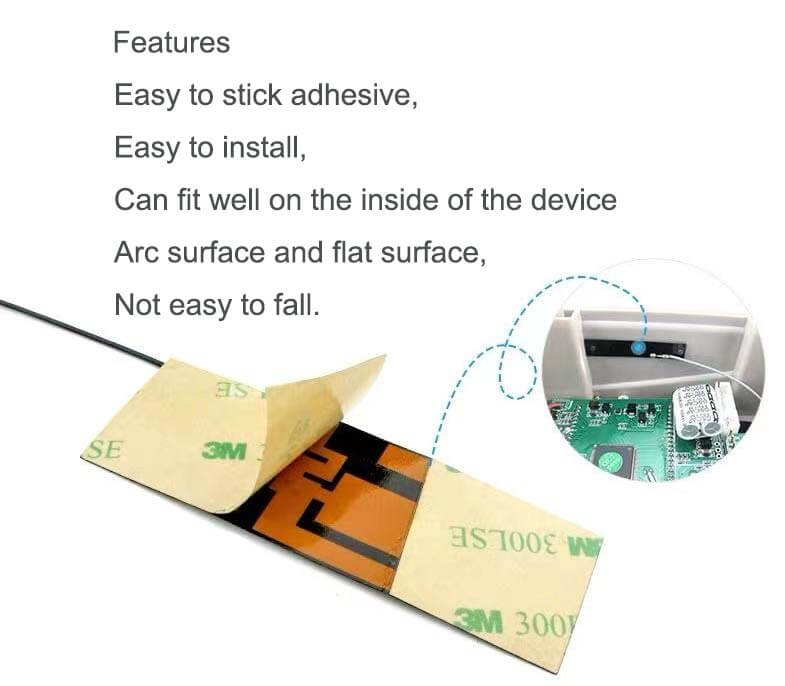
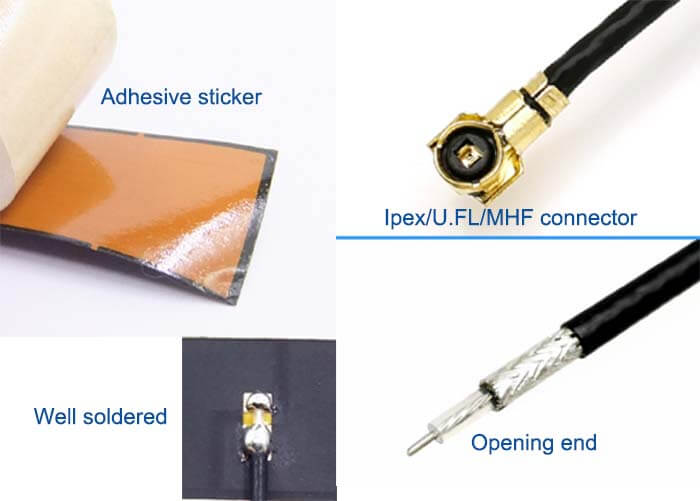
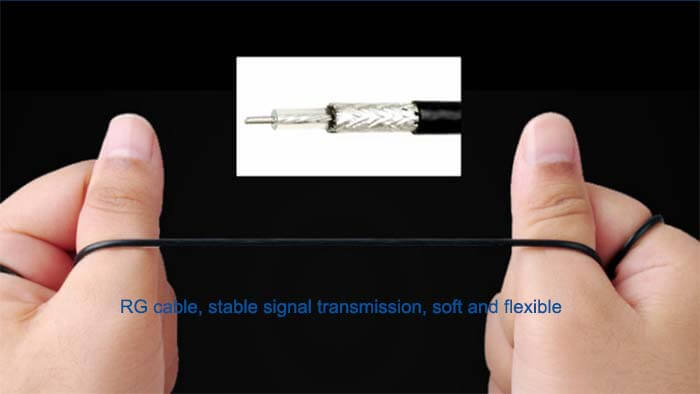
High-performance RF Antenna Applications


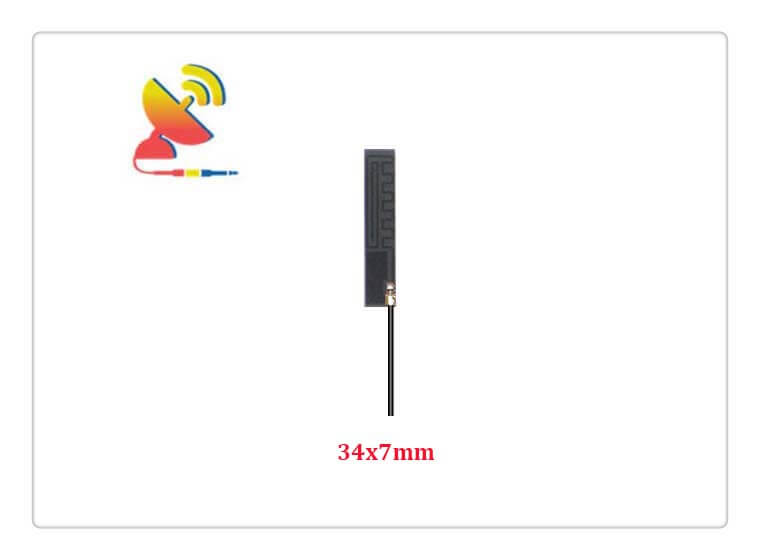
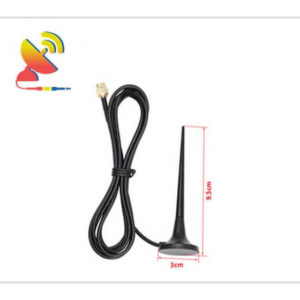
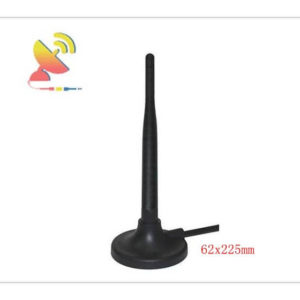
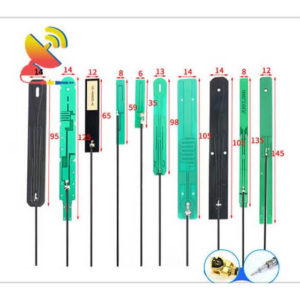
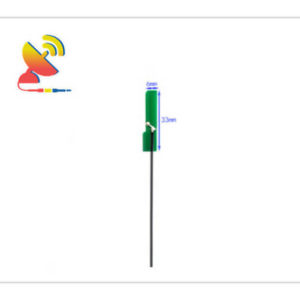
Reviews
There are no reviews yet.